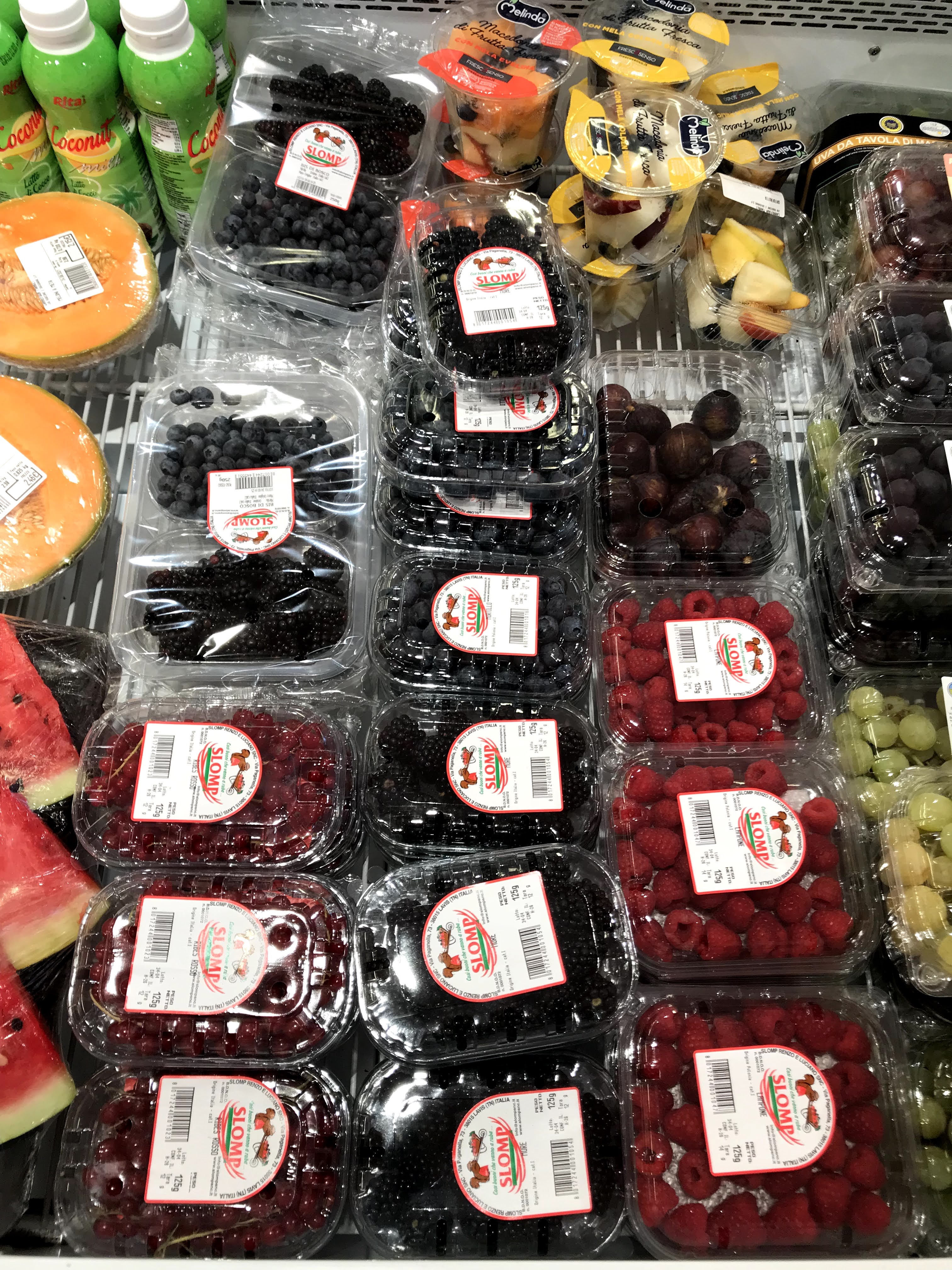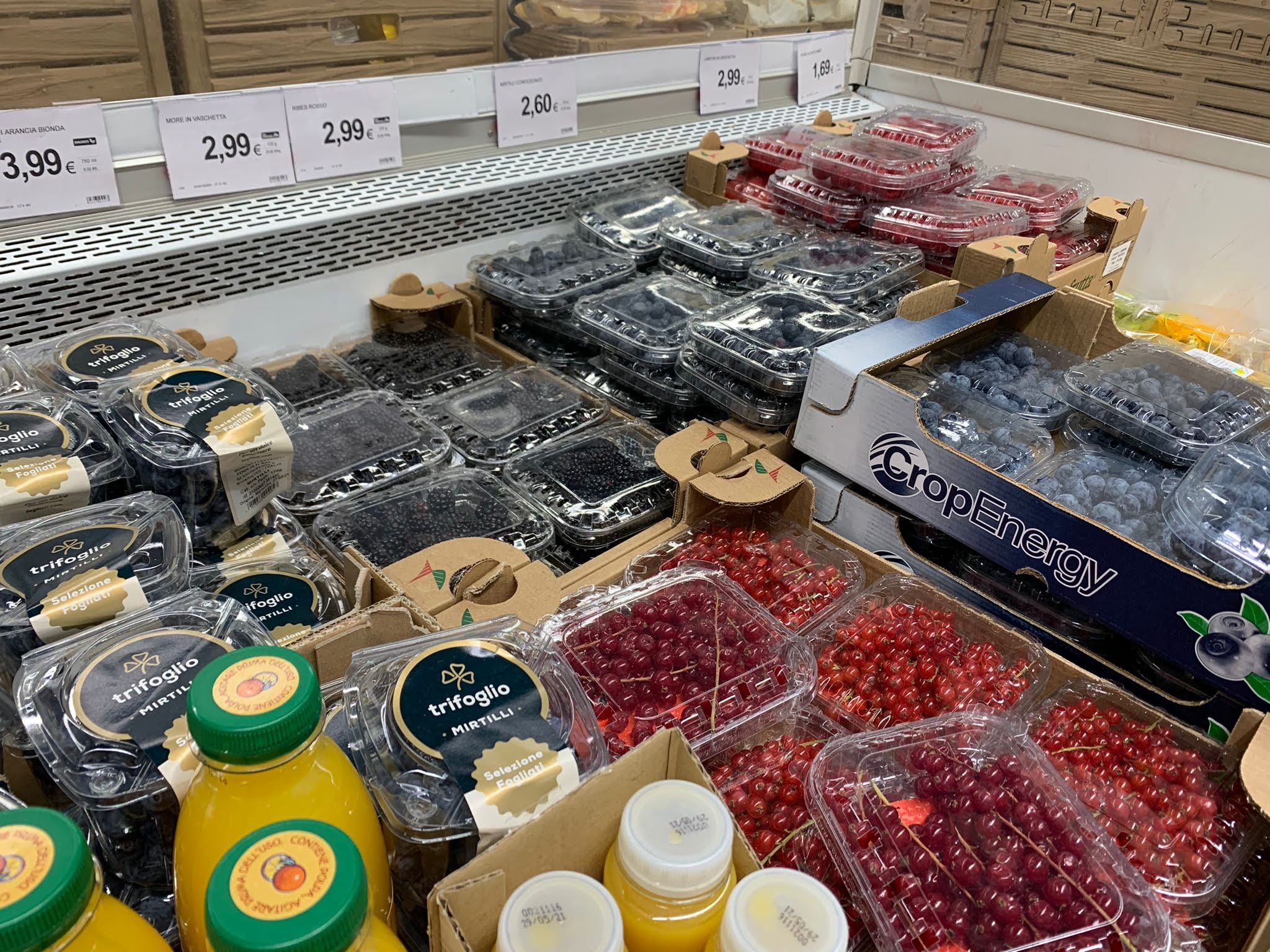Without water and without workers, no fruit and vegetable supply chain can function. This is no longer just a slogan, but a concrete reality affecting all major berry production areas worldwide.
Yet, as soon as favorable conditions return, the collective will to seriously address these critical issues tends to fade.
A crisis that knows no borders
Regions historically affected by water scarcity, such as Israel and southern Spain, have long served as models for optimization. Technologies like drip irrigation and fertigation are now widespread globally, certainly improving water resource management and productivity.
However, even innovation could not prevent the dramatic consequences of prolonged drought: in the past five years, vast citrus-growing areas in Morocco and almond orchards in California have been abandoned due to lack of water.
Even in regions cyclically hit by drought – such as California and the Iberian Peninsula – responses have often come late, triggered only by drastic cuts in water allocations. This was recently the case in Huelva, Spain, and the Portuguese region of Zambujeira, where only the emergency situation forced producers and institutions to collaborate, overcoming the usual political barriers.
Best practices and government strategies
Fortunately, there are some positive signs. A few examples:
In Portugal, the distribution system of the Santa Clara dam in the Odemira area has finally been modernized.
Also in Portugal, the national plan “Água que une” aims to systematically renew water infrastructure.
In Morocco, the national strategy includes a broad desalination program, such as the plant already operating in Agadir.
However, Europe continues to experience record temperatures between June and July, and even the UK is now considering new restrictions on agricultural water use. The point is clear: without true accountability in resource use, no policy can withstand the climate shock.
Simplifying water governance
Public water management often remains fragmented. In many countries, up to seven different agencies can have authority over the same basin. A clear and centralized governance is needed.
Paradoxically, in some cases, those who use water more efficiently are even penalized by distorted regulatory mechanisms. Legal clarity is also lacking, especially regarding usage rights and allocated volumes.
In Portugal, for example, the Ministry of Agriculture may approve and fund water collection projects, while other public bodies block their implementation. Without a single, operative coordinating body, the transition to sustainable water use remains bogged down in bureaucracy.
And what about producers?
The questions industry players should be asking themselves are urgent and concrete:
Are our water rights up to date? Are our wells properly registered?
Do we comply with the authorized withdrawal limits?
Do we monitor consumption accurately and transparently?
Are we taking steps to improve efficiency, distribution, and water quality, including pollution prevention?
Technology and new awareness
Fortunately, technology can help. Tools developed by companies like Waterplan and Renewable Group now make it possible to map water risks in real time and model future scenarios.
However, relatively stable situations like Peru’s are becoming increasingly rare.
The core issue remains valuing water. Where supply depends on reverse osmosis plants, the cost of water is more transparent and closer to its real value, even if subsidized.
Elsewhere, prices only cover pumping and distribution, completely ignoring the strategic value of the resource.
In the next feature, we will address the issue of agricultural labor — the other half of the structural crisis affecting our sector.
Text and image source: internationalblueberry.org









